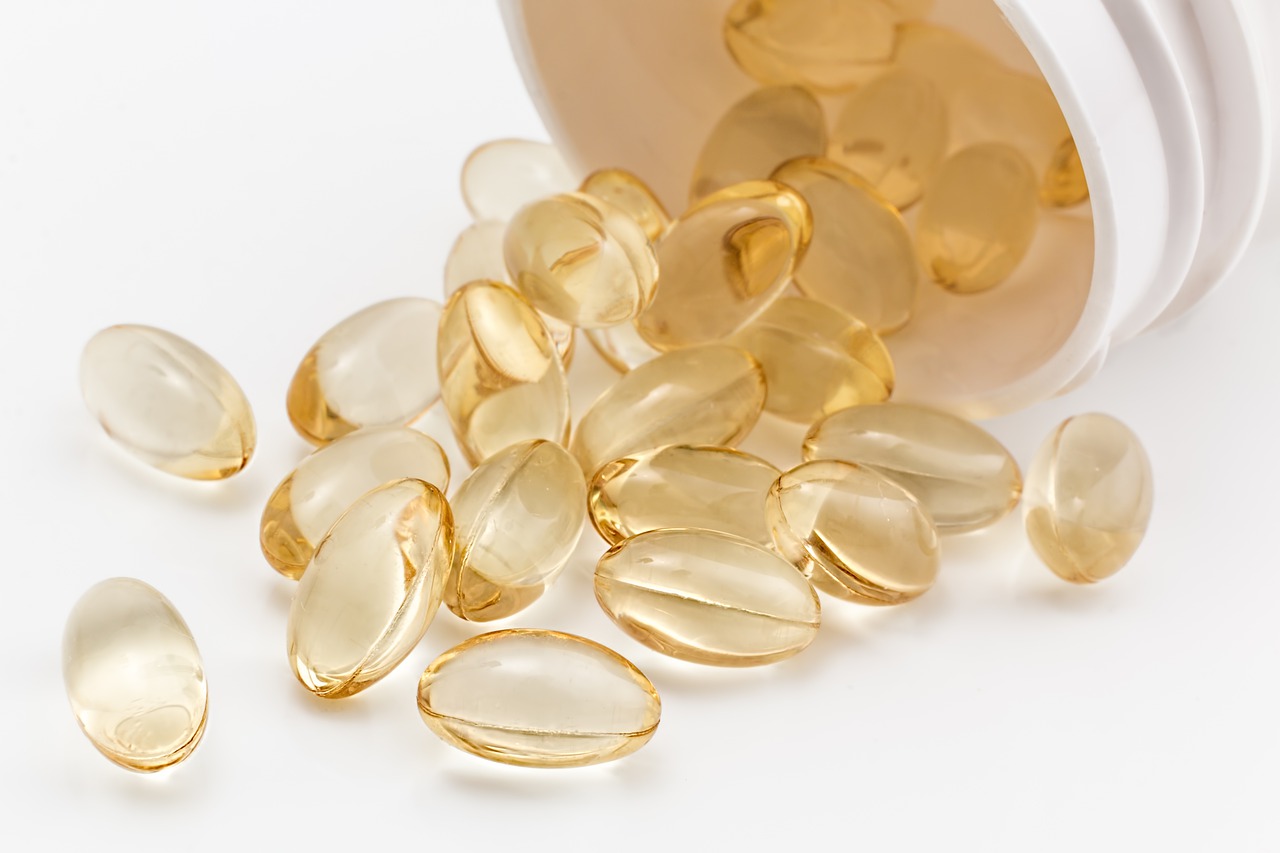A New School Year: Getting Started

BY JAYNE WESLER

At the start of a new school year, it is helpful for parents of children with special needs to get clear on what can be expected for their youngsters during the upcoming months. The first order of business is ensuring that the IEP is fully implemented. In turn, that should deliver FAPE to your child over the course of the year.
The law requires school districts to provide FAPE to children who have been determined to be eligible for special education and related services. “FAPE” stands for “free, appropriate public education.” Case law has helped to define the meaning of FAPE. One of the measures of FAPE is whether the child has derived “meaningful educational benefit” and “significant learning.”
The new year is now well under way. The change from the long lazy days of summer to the structured school day has been made. For children with special needs and their parents, the start of the school year can be a dreaded and difficult period: class and related service schedules have to be arranged; materials, books, and routines have to be organized; fears and anxieties have to be soothed. To make this transition even more difficult, communication with busy teachers and case managers may have been virtually non-existent.
If your youngster:
- s not receiving the appropriate amount of related services;
- still cannot organize his or her school materials;
- is still having difficulty adjusting to the new schedule;
- is having significant fears and anxieties; or
- is actively avoiding school,
then you need immediate assistance from your case manager or the child study team. Take ten minutes to make a list of your specific concerns and what you think can be done to address them. Email or otherwise deliver them to your case manager in writing. Allow a few days for the case manager to respond. If you do not get a response, call the case manager on the phone. Record your attempts to reach the case manager. If that does not get a response, send written notice of your concerns and the original written message (copy of the email) to the director of special services with a copy to the case manager. That should get you a response pretty quickly. If not, it may be time to seek further assistance.







